OVLA - Tunes from Levanger and Verdal (english)
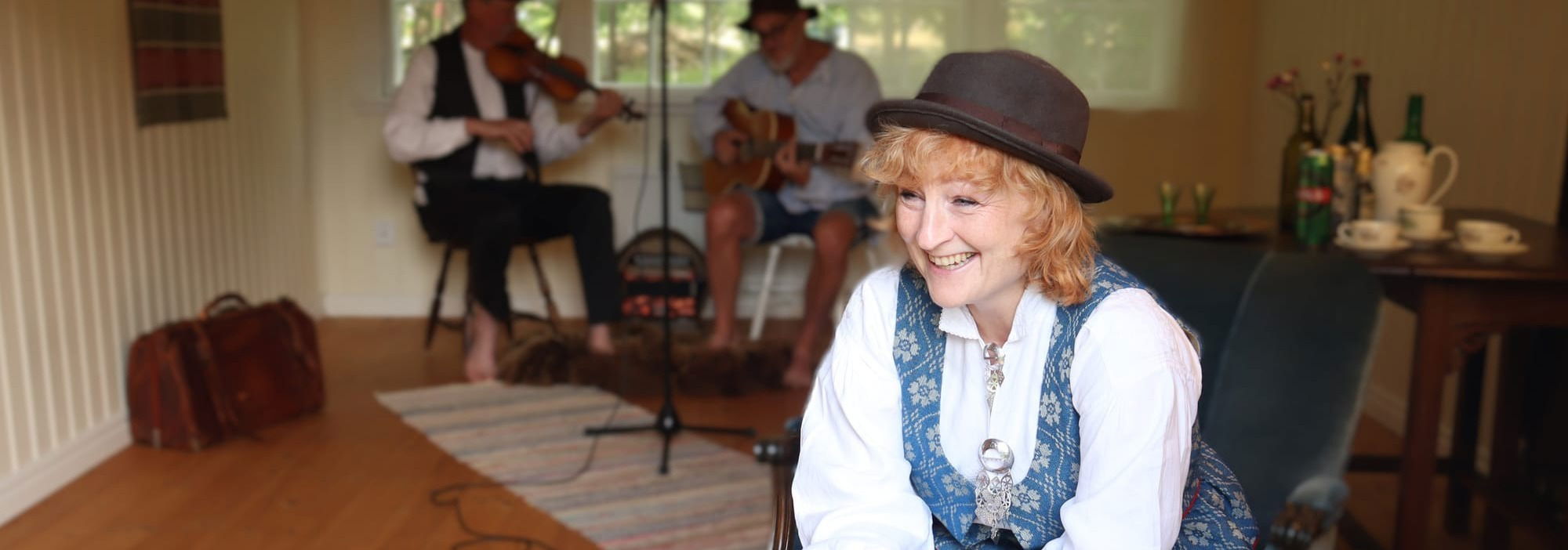

"Polsdansen, that’s just ’ovla’." This is how Ellev Indahl Sr. - "Ellev Kårengji" (1855 - 1927) is said to have described playing polsdans. "Ovla" is an old dialect word from Verdal and Levanger, which in this context can be interpreted as "being heavy-handed".
Polsdans was dance and party music, while also being played at social gatherings around the kitchen table, or alone between hard work sessions in everyday life. Judging from old archive recordings, it appears that the expressive ideal associated with polsdans also applied to other types of tunes, such as marches, waltzes, reinlenders, polkas, and mazurkas. The fiddlers put their souls into the tunes, which was both conveyed with humor and seriousness, and great variation in detail and intensity. According to Ellev Kårengji's grandson, Ola Suul, Ellev could one moment play softly on one string and in the next moment "pull forcefully on both two and three strings". There was also room for different personalities, where Jeremias Indahl and his son Ellev Jr. had a soft and light playing style, while Asbjørn Indahl and Ola Suul represented a rougher expression.
Meetings with fiddlers from previous generations and many hours of studying archive recordings and old sheet music have inspired and lured me into a multifaceted musical universe. At the same time, I grew up in a different time and a different culture, not to mention that I have stepped into a musical tradition that has largely been dominated by men. My way of playing these tunes is a result of all this, and therefore my own. Hopefully, I have nevertheless captured some of the seriousness, passion, and humor I hear in this music - and for me, the expression "ovla" describes this well. I have therefore chosen to name the album Ovla.
I was fortunate enough to make the recordings in Okkenhaug Church, which since it was built in 1893 has been a central meeting place for the residents of both Okkenhaug and the surrounding areas. The church represents both past and present, and as a wooden building, it creaks and groans just as much today as before. The church is located next to the main road through the village, and here farmers drive in tractors, people from Levanger pass by on their way to the local mountain (Frolfjellet), and locals going to and from work. If you listen closely, the recordings include both creaking from the church and the hum from the occasional car or tractor passing by. I think this fits well, because the music that has been recorded has for many years been a natural part of everyday life to the people who have lived their lives in and around Okkenhaug Church and other churches in the area.
Marit Vestrum/2024

Ellev Indahl sr. "Kårengji" (1855 - 1927) playing fiddle for the pupils at the Garnes school.
Marit Vestrum
Marit Vestrum (1972) grew up in a musical family in the village Okkenhaug in Levanger in Trøndelag. Her father, Johan Vestrum (1943), is an active local fiddler. Through him, Marit came into contact with the tune tradition in Verdal and Levanger, and she started playing the violin when she was 6 years old. Marit learned a lot from her father, but on this record, you will hear music that Marit has learned by listening to fiddlers from the generation before her father Johan.
Content
1) Polsdans after Kåre Haugan
I visited Kåre Haugan twice when I was very young. Once as a teenager with my father and once when I was a student at the folk music studies program in Rauland. Despite old age, both times he picked up the violin and played well, including this polsdans, which I learned from recordings I made during the visit. In addition, I have seen Kåre play the tune in film recordings made by Ivar Mogstad and Geir Egil Larsen in 1990. Kåre is said to have learned this polsdans from Jeremias Indahl and Ellev "Kårengji" Indahl.
2) Polsdans after Ola Suul in C major
I learned this polsdans from recordings with Ola Suul, made by Geir Egil Larsen in 1971. In the recording, Ola plays in a familiar style where he varies between soft one-string playing and parts where he “pulls forcefully on both two and three strings”.
3) Svejalingen – Polsdans after Ellev Indahl Jr.
The polsdans Svejalingen is one of the first older polsdans tunes I started to play, and then based on a version from Helge Dillan's book series "Folk Music in Trøndelag". There it is written down after Ellev "Kårengji" Indahl. Over time, I also learned the tune from Ellev Indahl Jr. and his version is probably the one I am closest to today. The name "Svejalingen" was given to me by the fiddle maker and musician Einar Lindseth from Verdal once when he was visiting my father while I was living in Okkenhaug.
4) “The world's best polsdans” after Ola Suul
This polsdans is also from the recording that was made with Ola Suul by Geir Egil Larsen in 1971. I named it "the world's best polsdans" after being inspired by a late night during the Föllinge Week in Jämtland, where I and the Jämtland fiddler Anders Olsson were listening to archive recordings. When this tune with Ola Suul came on, Anders exclaimed: "But, this must be the world's best polsdans". I do not disagree and have used it a lot. Over time, I have probably shaped the tune in my own way, both in terms of bowings and variation.
5) Grainnen after Ola Suul
Grainnen is the sibling tune to Gropen, both of which are so called Hurv tunes. Hurv is a type of tune that is found in large parts of both Norway and Sweden, characterized by one part being played in a deep pitch, and one in a higher pitch. Grainnen probably got its name from being played in the 3rd position, and the first part being high pitched. This is another tune that I got from the recordings with Ola Suul, made by Geir Egil Larsen in 1971. The tune is built on short melodic motifs, which Ola plays with a lot of variation and a huge range in expression and volume. He plays the first part tenderly on one string, while in the second part he pushes so hard that it distorts the fiddle sound. In this recording, Ola demonstrates "ovvel" at its best. As with the other tunes on the album, this one has been shaped by many years of use into my own form.
6) Gropen/ Storhurven after Ellev Indahl Jr.
As mentioned, Gropen is the sibling tune to Grainnen. I have heard this tune both on recordings with Ola Suul and Asbjørn Indahl, but the form I play here is largely the way I learned it from Ellev Indahl Jr., mixed with inspiration from the recordings, especially the one with Asbjørn. Gropen is played in a deep pitch in the first part, while the second part is played higher. Here as well, the ideal is that one part is played in a rough manner using several strings at the same time (first part), while the other part is played in a softer style on one string (second turn). Ellev Indahl Jr. also called the tune "Storhurven", and it is clearly a variant of Hurv tunes from other parts of Norway and Sweden.
7) Polsdans after Asbjørn Indahl in G Major
I heard Ellev Indahl Jr. play this polsdans several times, but I never quite learned it. The version I play here probably resembles the recording with Asbjørn Indahl that was made by Geir Egil Larsen in 1971 the most.
8) The Graut-Beret March after Ellev Indahl Jr.
I learned the Graut-Beret March from Ellev Indahl Jr. According to Ellev Jr., Beret was often used to cook porridge (graut) at weddings in Verdal. She would often ask the musicians to play exactly this march which she was very fond of. Beret was also called Leks-Beret, and the tune therefore got the name the Graut- or Leks-Beret March.
9) Waltz after Ellev Indahl Jr.
This is a nice waltz with three parts each in its own key: D minor, F major and Bb major. I learned this tune from Ellev Indahl Jr. The waltz is also found in other parts of the country, and Hilmar Alexandersen from Steinkjer called it Karl-Fant Waltz.
10) Polsdans after Martin Lauvhaug
This polsdans I learned from recordings with Martin Lauvhaug, made by Liv Venås in 1978. It has a different style than the Verdal polsdans tunes I play on the record. With its simple melodic motifs, mainly consisting of eighth notes and quarter notes, this could be an older type of polsdans.
11) Waltz after Martin Lauvhaug
This is another tune that I learned from the recording that Liv Venås made with Martin Lauvhaug in 1978. This waltz has become a "hit" in Levanger spellmannslag, and it is especially fun with the second part that varies between older and newer tonality.
12) Bringsen, polsdans after Ole P Brandhaugen and Fredrik Okkenhaug
I first heard the polsdans Bringsen when I was a child and teenager playing in Frol Orchestra. Composer Paul Okkenhaug (1908 – 1975) from Okkenhaug learned the tune from his father Fredrik Okkenhaug (1880 – 1960). Fredrik had learned the tune from the musician Ole Pedersen Brandhaugen (1831 – d.) from Brannhaugen in Okkenhaug. Paul used Bringsen in the orchestra work Tonar frå Trøndelag, which was composed for a memorial evening for Olav Duun in the University's Aula in Oslo in 1957. The family of Ole P. Brandhaugen was called "Brings", and originally came from Bringsåsen in Vera in Verdal. Ole therefore also went under the name "Bringsen". I have played the tune from sheet music made by both Liv Venås and Geir Egil Larsen, both of whom have Magnus Ertzgaard as a source. Magnus states that he learned the tune from Paul Okkenhaug. The tune as I play it here, is a mix of different versions, both from the sheet music and the orchestra work.
13) Waltz after Hans, Rolf Holberg and Magnus Ertzgaard
I can't quite place where and when I learned this nice waltz, but it has followed me for many years. I did not meet either Hans and Rolf Holberg or Magnus Erzgaard, but the waltz can be found on recordings with Magnus Ertzgaard. In addition, it is written down by both Magnus and Liv Venås, and by Helge Dillan in his book series "Folk Music in Trøndelag". Magnus is the source of all the transcriptions, and he says that the tune is after Rolf Holberg who had it after his father Hans Holberg. Allegedly, Hans in turn learned it from his mother Oline Hansdatter Halsan Holberg (1840-1916) who learned it as a young girl.
14) March after Lauritz Spellman and Magnus Ertzgaard
I have learned this march from sheet music in Helge Dillan's book series "Folk Music in Trøndelag" and recordings with Magnus Ertzgaard made by Geir Egil Larsen in 1971. In the recording, Magnus says that he learned the tune from Rolf Holberg around 1950. Liv Venås writes in the thesis "Folk Music from Levanger", that Magnus transcribed the tune after Hans Holberg, which we also know played with Lauritz Spellman.
Fiddlers from Verdal
In Indal and Sul in Verdal, there was a strong fiddler community, much centered around the families with the surnames Suul and Indahl. I mainly got access to this music through Ellev Indahl Jr. (1927 – 2008). He moved to Skogn in Levanger and, together with his wife Hildur Indahl (1929, born Skjerve), was widely used as dance musicians in the post-war period, where Ellev played the violin and Hildur piano or accordion. Ellev jr. was the youngest son of the fiddler Jeremias Indahl (1882 – 1948). I got to know Ellev Jr. as a child when my father Johan Vestrum led Verdal spellmannslag (fiddler ensemble). As I got older, there were many visits and playing sessions at Ellev and Hildur's place. Hildur has also been important to me, both because she is a skilled musician, and because she is one of few female role models as a dance musician. There are not many years since she sat among fiddlers and played the piano in the foyer during a fiddler meet at Stiklestad. Several people have made audio and film recordings with Ellev Jr. and Hildur, so their playing is fortunately well documented.
 Hildur Indahl with the accordeaon. | 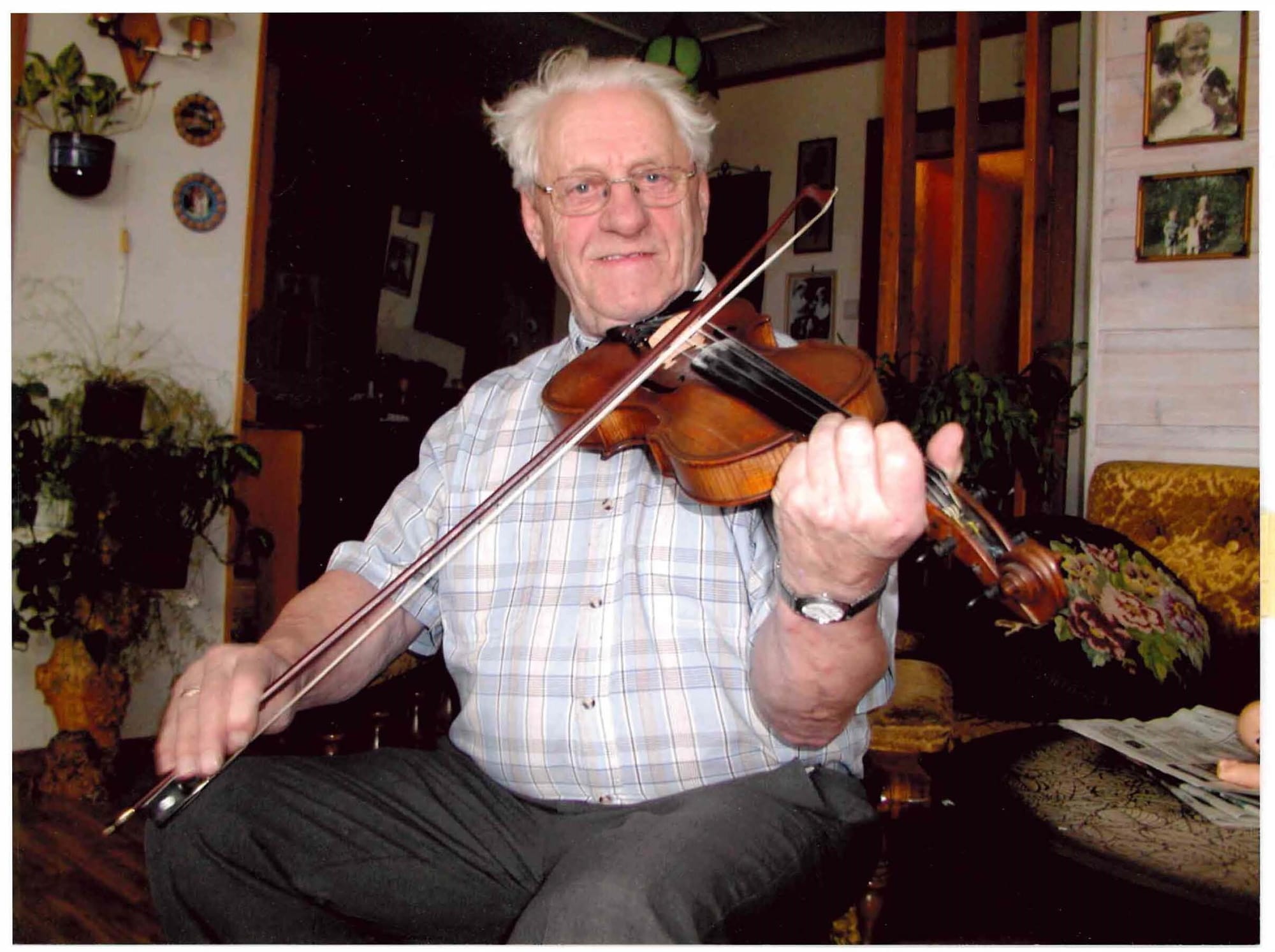 Ellev Indahl jr. with the fiddle. Ellev Indahl jr. with the fiddle. |
Ellev Kårengji's daughter, Ragna Sofie, married into the farm Litjmoa (Lillemoen) in Sul and had several sons who became fiddlers. Of these, it was Ola "Litjmoa" Suul (1907 - 1995) who played the fiddle. I met Ola Suul several times, but never learned directly from him. Still, the recordings with Ola, made by Geir Egil Larsen in 1971, have been an important source and inspiration for me. Ola was the grandson of Ellev Kårengji, and as a young man, he played a lot with his grandfather, thus inheriting both tunes and playing style. It was also Ola who conveyed his grandfather's description of playing polsdans as “just ’ovla’.” When Ellev Kårengji died in 1927, Ola felt that it wasn't the same to play the fiddle anymore, and he took a break from fiddling for many years.
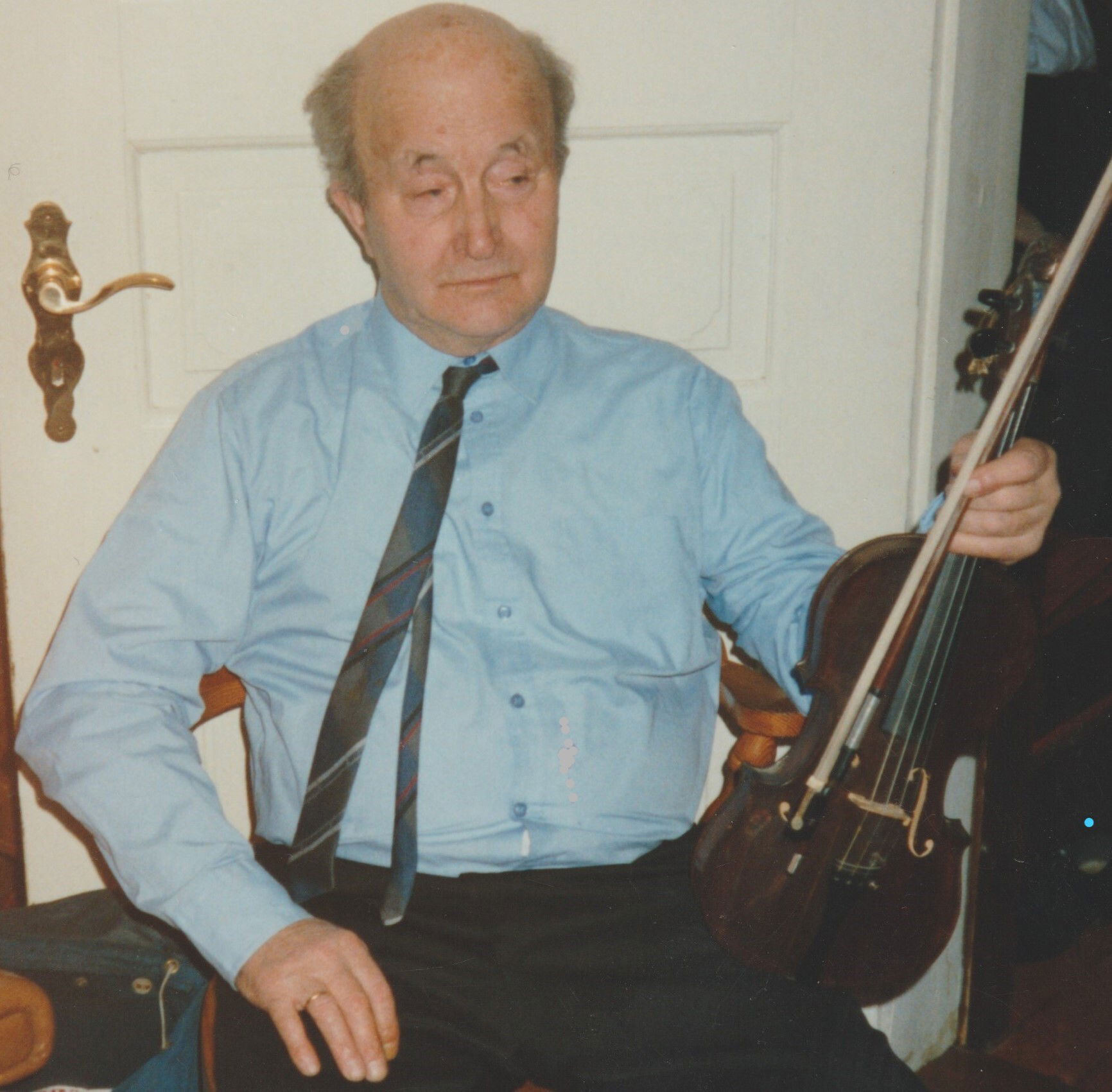
Ola Suul on his eightieth birthday.
Kåre Haugan (1910 – 1996) played for dancing with Ellev Kårengji when he was young. Kåre accompanied Ellev on pedal organ. Eventually, he also began to play the fiddle. Kåre had an advanced and clever playing style, something he may have picked up from Ellev Kårengji and other older fiddlers in the village. Kåre was also part of a popular old-time dance orchestra in the post-war period called "Haugans Trio", which consisted of the brothers Kåre and Oddgeir Haugan and Einar Hjelde. The orchestra was based in Vuku and played a lot for dances there. The repertoire was popular music of the time and old-time dance music (gammeldans). The trio often practiced in the tailor workshop of Elling Holmlimo. I visited Kåre twice. He was then an older man, but still played well. What I learned from him was through sound recordings I made during the visits. I was therefore very excited when I discovered that Geir Egil Larsen and Ivar Mogstad had made film recordings with Kåre in 1990 where I could both see body language and bow strokes.
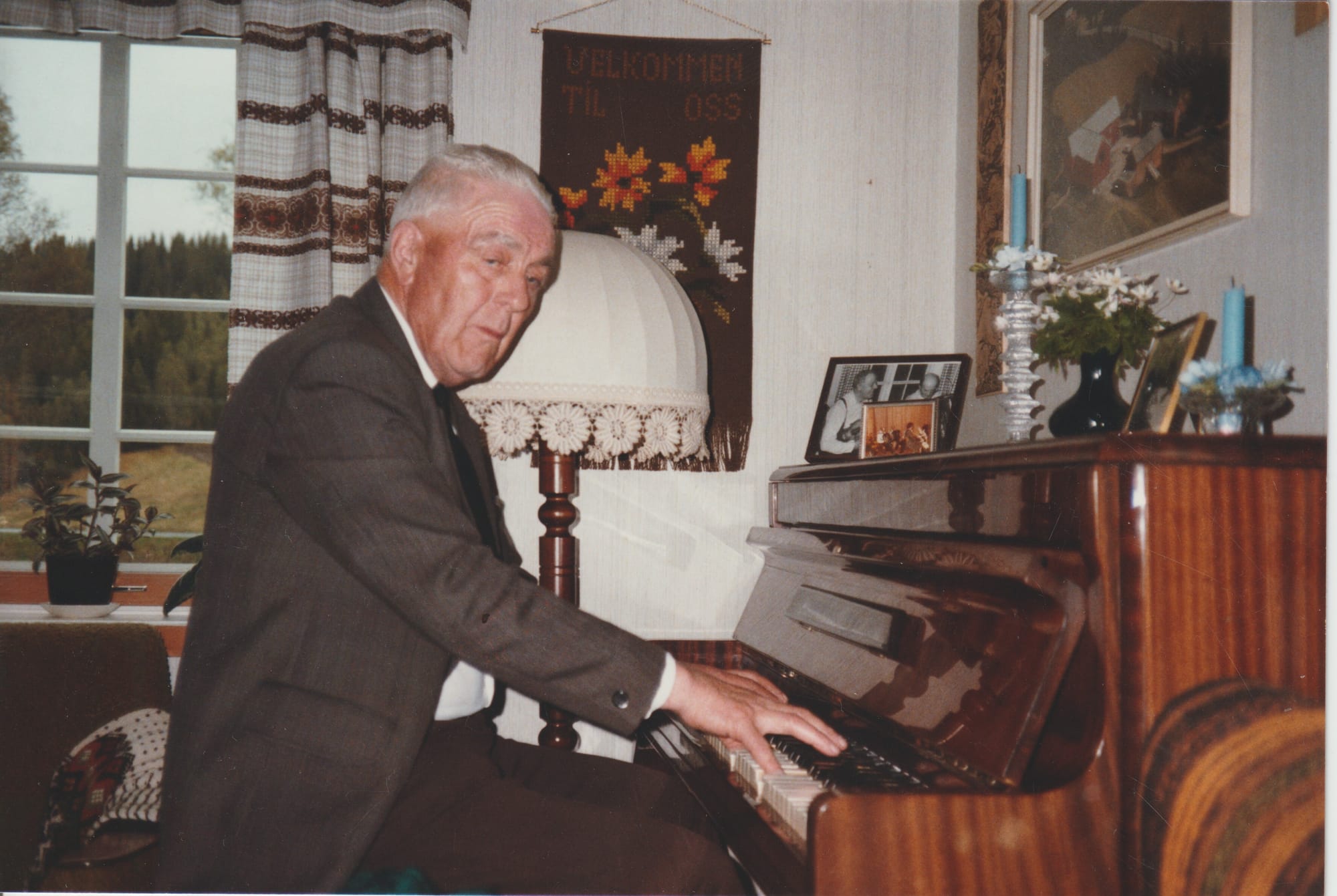
Kåre Haugan was both a good fiddler and an accompanist on piano and pedal organ.
"Lauritz spellmann (Lauritz the fiddler)" was actually called Lauritz Johansen (1833 – 1912). He was born in Skogn in Levanger, and made a living as a fisherman and fiddler. Lauritz was a big and robust guy and lived in a house that was called “Stortingsstua” at the old Levanger elementary school. Lauritz played first violin in a quartet with photographer Johan Martin Wiig - 2nd violin, Hans Nesgård - viola and Tailor Aksel Nicolai Johansen - cello. The quartet often played at balls for sheriff Kroch, magistrate Steen, merchant Bratsberg, and at the Backlund hotel. Lauritz also played at dances and weddings for " common people" and for the railway workers in Åsen during the construction time for the Hell-Sunnanbanen.

Lauritz Spellmann’s quartet. Front left to right: Lauritz Spellmann and the tailor Aksel Nicolai Johansen. Rear left to right: the photographer Johan Martin Wiig and Hans Nesgård.
Magnus Etzgaard (1909-1986) lived at Rinnan in Frol in Levanger. Rinnan is a small village that borders Verdal municipality. Magnus was well acquainted with fiddlers from Verdal and also had some common repertoire and a related playing style. His grandfather Mortinus was also a fiddle player, but stopped playing when he damaged a finger. His father Gustav (1871 - 1947) played the piano and Magnus is said to have learned tunes from both him, fiddlers in the neighborhood and other fiddlers in the area. Magnus wrote down and collected sheet music with old tunes, and there is a large sheet music collection after him which today is copied to the Folk Music Collection in Nord-Trøndelag. Several recordings have been made with Magnus, both by Geir Egil Larsen and Helge Dillan. My father, Johan, knew Magnus through Frol Orchestra, but never learned tunes from him. Unfortunately, I never met Magnus.

Magnus Ertzgaard got the King's Medal of Merit in 1980.
Magnus Ertzgaard played a lot with his brother-in-law Rolf Holberg (1907 - 1961) who was from Halsan in Levanger. Rolf's father, Hans Holberg (1875 - 1953), was also a fiddler and Hans is said to have played with the legendary Lauritz spellmann. The Holberg family originally came from the farm Holberg in Skogn. Hans was said to be a skilled fiddler, and all of Hans's children – sons and daughters – became fiddlers. This sibling group had a family orchestra that played a lot for dances in the 1900s. The fiddler Johannes Holan from Ronglan told that once he was with his father Johan Holan, who was also a skilled fiddler, on a visit to the Holberg family, the playing got so intense that the old man Hans had to get the violin in the living room - "it was as if the room was boiling ". Unfortunately, there are no recordings with Rolf and Hans Holberg.
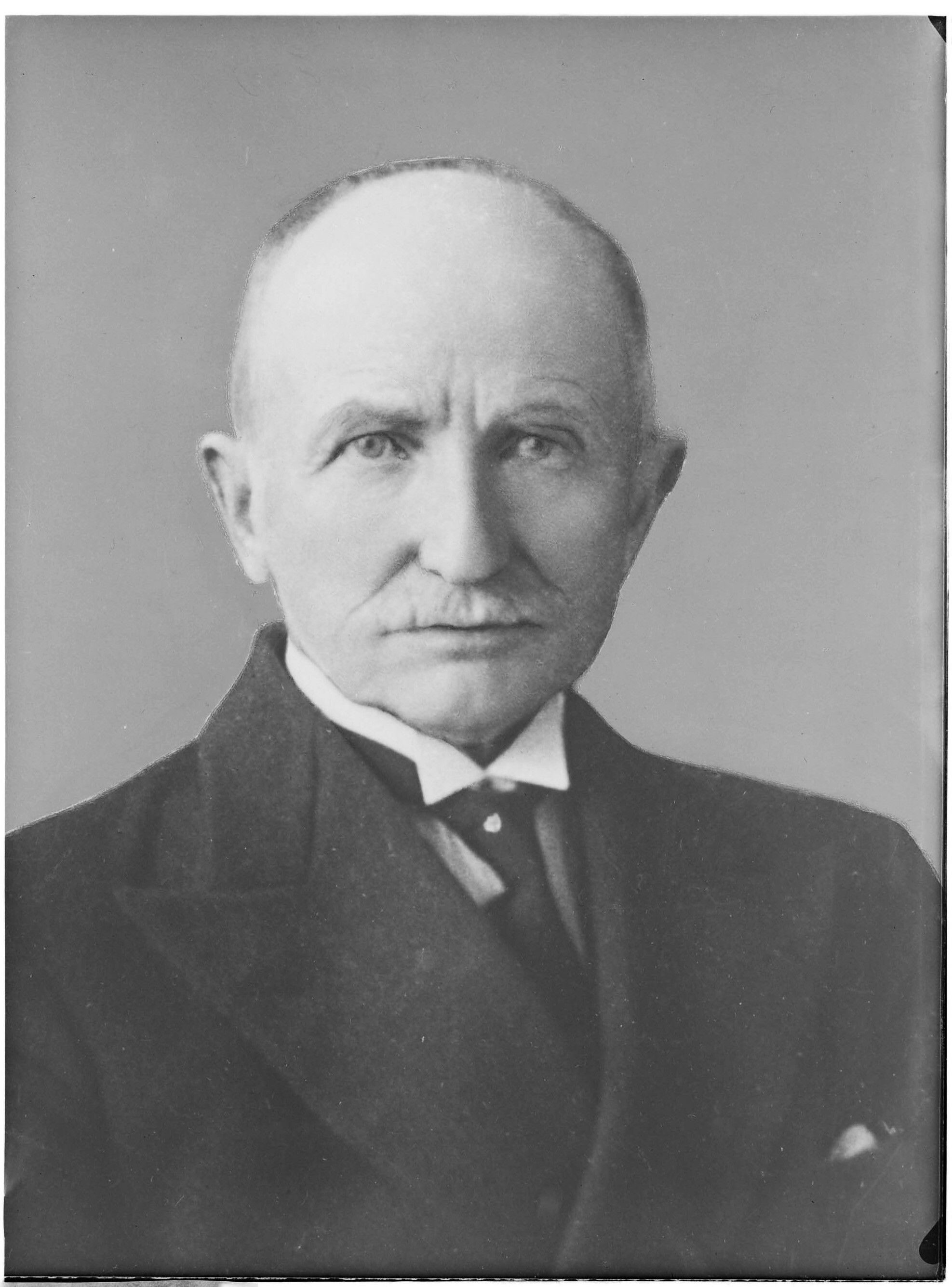
Hans Holberg was one of few who knew tunes after Lauritz Spellmann. Photo: Christian Bjerkan/ Levanger Photographic museum 1948
Martin Lauvhaug (1903 – 1982) was a fiddler and farmer at Slette farm in Okkenhaug in Levanger. Martin had learned most of the tunes he played from his father Karl Hansen Lauvhaug (1875 – 1959). Karl was said to be a well-known fiddler who played with, among others, "Heitlokailln" (Nils Olaus Heitlo). Martin often played at dances at Breidablikk, the community house in Okkenhaug, and at weddings in the village. Martin also played with the fiddler Harald Buraunet Sørheim (1910-1977) from Buran in Okkenhaug.

Four generations Lauvhaug. F.v. Karl Lauvhaug, Martin Lauvhaug, Kåre Lauvhaug og Oddgeir Lauvhaug.
Unfortunately, I never met Martin Lauvhaug, but I have heard a lot about him because my parents bought the land for the farm Slette which Martin operated, and my grandmother was a friend of his wife Gunnelie. I discovered Martin as a fiddler only when I got to hear recordings where he plays the fiddle. The recording was made by Liv Venås when she worked on a thesis ("Folk Music in Levanger -with special emphasis on Frol") at Levanger Teacher's College in 1978.

Martin Lauvhaug.
Fredrik Okkenhaug (1880 – 1960) was the father of the composer and church organist Paul Okkenhaug (1908 – 1975). Fredrik learned the polsdans ”Bringsen” from the fiddler Ole Pedersen Brandhaugen (1831 – d.) from Brannhaugen in Okkenhaug. The family of Ole was called ”Brings”, and they originally came from Bringsåsen in Vera in Verdal. Paul learned the tune from his father Fredrik, and taught it further to the fiddler Magnus Ertzgaard. He also used it in the orchestra work “Toner frå Trøndelag”.
Recording location: Okkenhaug Church
Recording and mix: Magne Vestrum
Technical assistance: Emanuel Vestrum
Master: Øra mastering
Photo: Anna Ekenstierna
Text: Marit Vestrum
Photo of musicians: private photo and Christian Bjerkan (Levanger Fotomuseum)
Cover design: Anna Ekenstierna
Thank you very much to Magne Vestrum, Emanuel Vestrum, Anna Ekenstierna and Mats Johansson who have helped me make this record, including practical challenges and when I have run myself into a dead-end. A big thank you also to Sigrid Hojem and Okkenhaug Parish Council who generously gave me access to Okkenhaug Church, and Ingebjørg Vestrum who has proofread.
Thank you very much to Hildur Indahl who is still going strong. I am eternally grateful for the moments together with her and her husband Ellev Indahl Jr. Thank you also to all descendants of my sources who have provided pictures and information. A big thank you to my parents who allowed me to become a part of the traditional music from Verdal and Levanger, and to Geir Egil Larsen, Liv Venås and Ivar Mogstad who have made the unique and valuable recordings I have been able to learn from. They have been invaluable!
Thanks also to Sweden's most sporty guys, Bengt Ohlsson and Kjell Andersson, who showed up with costumes and instruments for the photo session for the cover image, and to Maria Ekenstierna who shared her yoga space for the photo sessions.
Finally, thanks for financial support from:
 |  |  |